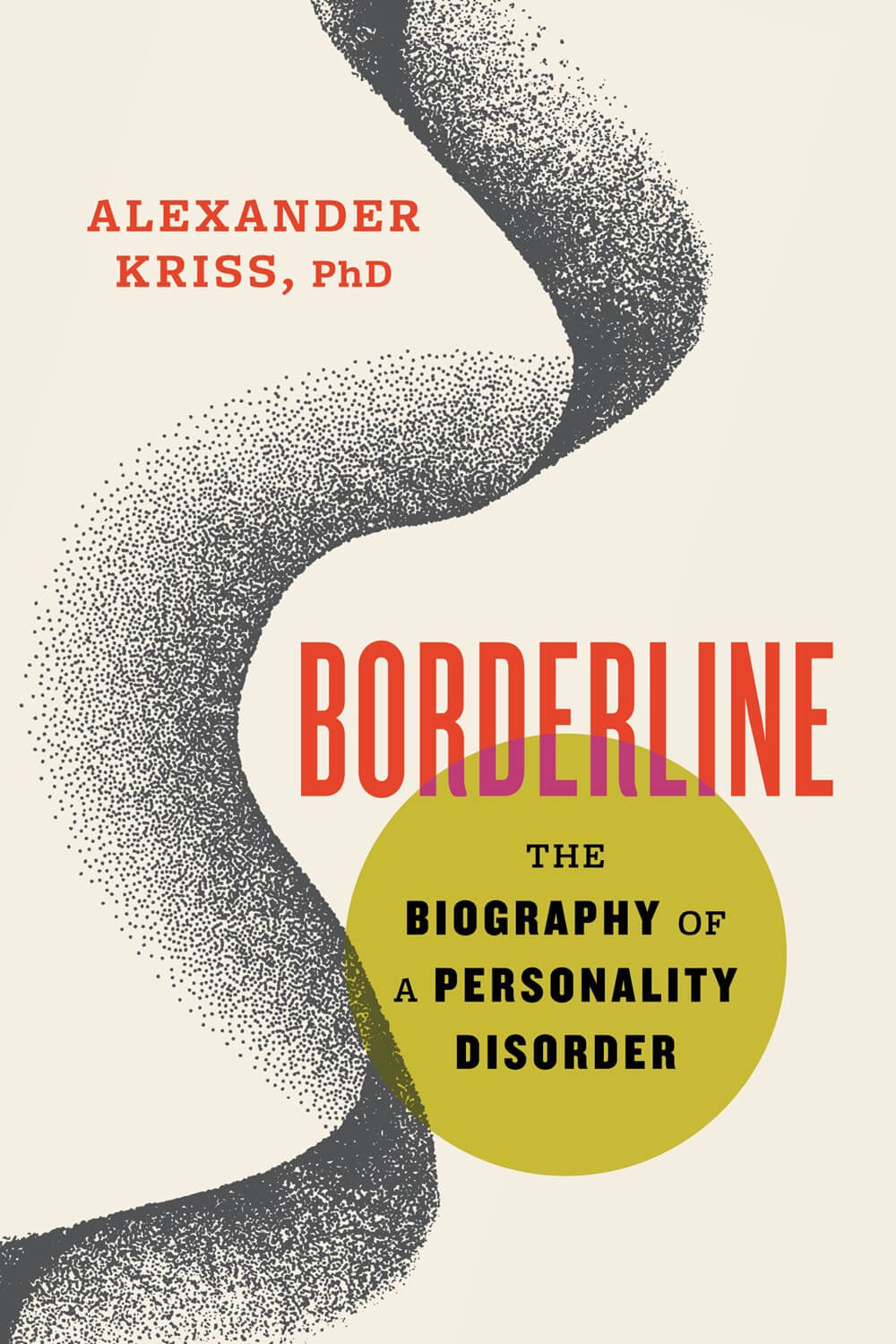Address change to reviews.pivic.com
This site is changing its address.

I can’t say that I remember much from this book.
It’s not entirely the fault of the book. Most of what I’ve read about the borderline personality disorder—also known as emotionally unstable personality disorder—seeps through in this book.
I’ve seen In Treatment, the American version of the TV series where a psychologist meets a number of clients.
This book is a mixture of memoir, psychology history, and personal thoughts. It centers around conversations between the psychotherapist/author and Ana, their main client.
A big part of the book is psychology history:
[…] reducing a continuum of experience to a binary is a common psychological defense that twentieth-century psychoanalysts called “splitting.”1 splitting allows for no complexity, no shades of gray— something or someone is either all good or all bad. We split when it feels that good and bad must be kept apart—more specifically, to prevent the bad from infecting the good, like a drop of ink falling into a glass of water.
Apart from dealing with history and clinical definitions, the author explains a lot of the psychologist’s mechanics: one must not have sex with one’s patients; there are some mental problems that have, historically, been classified as ‘female’ and should today be handled differently; sexual advances from clients should be thwarted.
There are stories about Sigmund Freud and Sándor Ferenczi, who were close in many ways, yet very different.
Perhaps the most famous anecdote in the history of psychoanalysis is a comment Sigmund Freud made back in 1909 as his ship approached new York Harbor. He was heading to clark University in Worcester, Massachusetts, flanked on either side by sándor Ferenczi and carl Jung, to deliver the only public lectures he would ever give on the continent. Freud leaned over the side rail to see a throng of people awaiting his arrival at the dock, cheering and waving. With an inscrutable look on his face, Freud turned to Jung and said,“Little do they realize we’re bringing the plague.”
The author explains and critiques different treatment methods for borderline personality disorder, for example, dialectical behaviour therapy, something created by Marsha Linehan.
If you speak with anyone who was trained directly by Linehan, they will invariably define DBT as a treatment for the “chronically suicidal.” This was always the language Linehan adopted—she saw the disorder, or the part of the disorder to be treated, in terms of how close the patient was at any given time to killing herself. This posed a problem from the start, as BPD patients frequently engaged in behaviors that looked suicidal but did not result in death, and often were not really life-threatening—superficially cutting their skin, say, or taking enough pills to get sick but not nearly enough to be lethal. epidemiological evidence emerging in the late 1990s and beyond suggested that, despite Linehan’s contention that they lived forever on the brink, BPD patients were no more likely to kill themselves than other psychiatric populations, and actually less likely to do so than those with severe depression or schizophrenia.19 To account for these issues while still upholding the life-death split, Linehan popularized the term “parasuicidal” to capture patient behaviors that were violent but not deadly. Professionals now call these behaviors “non-suicidal self-injurious behaviors,” and colloquially they are often referred to as “self-harm.” contemporary research has consistently shown that there is no clear relationship between suicide and self-harm—some people cut themselves regularly, say, but never attempt suicide; others attempt suicide with no history of self-harm. But Linehan lumped them all together, enough to produce popular concepts of the borderline patient as one prone to make suicidal “gestures,” or otherwise threatening bodily harm as a way to garner attention. In truth, most BPD patients will tell you that, in the moment before they cut themselves, or punched themselves in the face, or drank until they blacked out, they felt consumed by an intolerable emotional energy that cried out for release. They did not want to die, or really to do much of anything other than get the feeling out by any means necessary. Many people with BPD do not engage in explicit self-harm behavior at all—even going by the problematic criteria of the DSM, one does not need to have ever self-harmed to qualify for the diagnosis. This is all in line with Linehan’s theory of emotional dysregulation being at the core of BPD, and her focus on present, mindful experience—but goes against her portrayal of the borderline as “chronically suicidal.”
Apart from the history statements, it’s fairly interesting to peek into how the author engages with Ana. The borderline personality disorder is one that is back-and-forth, black-and-white, often seemingly a bundle of contradictions in one single individual.
Altogether, I feel the author has written a mixed bag of personal experiences that touch on borderline personality disorder. This isn’t a structured book, more one that travels like human thought around many different subjects during a day. At times, some subjects are vaguely tied together. This makes for a very loose book that I feel lost focus and should have been tied together better. I like the parts that show the client at their most revelatory.
Borderline: The Biography of a Personality Disorder is published by Beacon Press on 2024-04-30.
